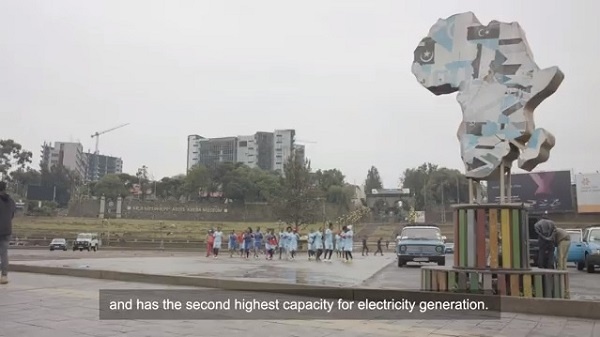
The Ethiopia government is engaging in an array of innovative partnerships with development organizations and the private sector to fill this electricity access gap in the country.
(SEforALL) – In a country of approximately 100 million people, roughly 44% of Ethiopians have electricity access.
Ethiopia’s National Electrification Program 2.0 aims to fill this electricity access gap: by ensuring 100% access by 2025.
To reach this ambitious target, the government is engaging in an array of innovative partnerships with development organizations and the private sector, helping make sure that no one is left behind in the push for universal access to electricity.
This video is one of three country case studies (Ethiopia, Nepal and Togo) focusing on Integrated Electrification Pathways. Want to learn more about the importance of integrated approaches to electrification? Read SEforALL’s primer report.
Integrated Electrification Pathways for Universal Electricity Access: A Primer
SEforALL seeks to bring clarity to a full-systems approach to electrification planning, especially its relationship to social and productive uses of electricity. This report defines “Integrated Electrification Pathways” (IEPs) that incorporate these important perspectives and lays out key steps to guide policymakers in creating strategies and developing policies and programs to support a comprehensive approach to electricity sector planning. By listening intently to policymakers, analyzing success stories, consulting experts and seeking feedback from a wide range of private sector stakeholders, SEforALL has compiled this Integrated Electrification Pathways for Universal Access to Electricity Primer to bring clarity to the sector and de-mystify integrated electrification.
What is an Integrated Electrification Pathway (IEP)?
A set of inclusive planning approaches and policy measures that support using grid, mini-grid and off-grid technologies to provide electricity and the associated energy services necessary to meet human needs and contribute to sustainable development.
